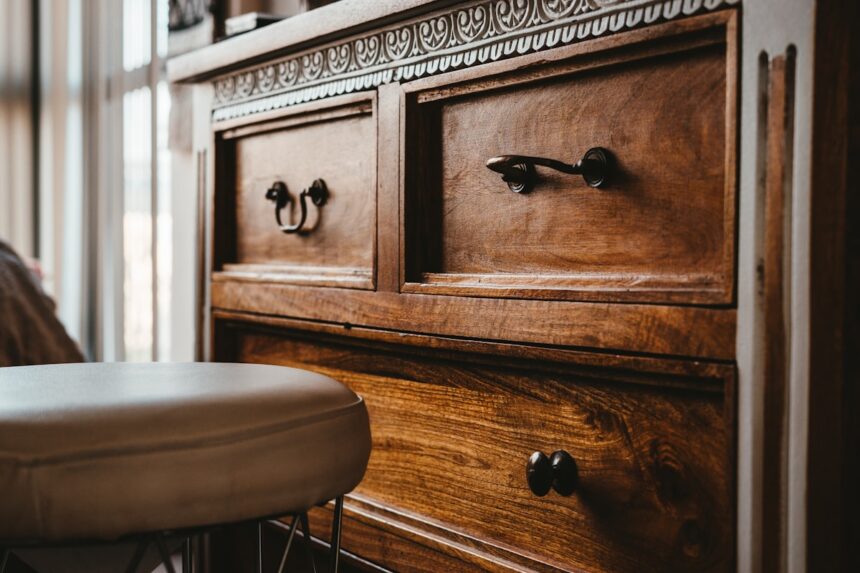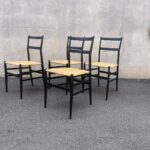Retro Revival: Embracing Mid-Century Modern Decor in Your Home
Welcome to the era of George Nelson, Eero Saarinen, and Charles and Ray Eames! The mid-century modern period (roughly from the 1930s to the mid-1960s) has made a prominent resurgence in contemporary interiors. Let’s journey together through the timeless elegance of this era and highlight seven furniture designers who defined it.
What is Mid-Century Modern?
Before we delve into the masterminds behind this era’s iconic pieces, let’s briefly explore what characterizes mid-century modern design. With its clean lines, functional forms, and organic curves, mid-century decor captures the essence of post-war optimism. It’s a blend of form and function, providing homeowners with furniture that’s both visually pleasing and practical.
Top 7 Vintage Furniture Designers of the Mid-Century Era:
- Charles and Ray Eames: The dynamic duo is famous for their pioneering use of plywood and fiberglass. Their pieces, like the Eames Lounge Chair and Ottoman, have become symbols of modern design. With their philosophy of affordable yet high-quality furniture, they made design accessible to the masses.
- Eero Saarinen: Known for his architectural feats, Saarinen was equally accomplished in furniture design. His Tulip Chair and Table disrupted traditional four-legged designs, and his Womb Chair invites users into a cocoon of comfort.
- George Nelson: The Platform Bench and the Ball Clock are just two of the many iconic pieces from Nelson. His designs were all about making the modern home both functional and beautiful.
- Arne Jacobsen: This Danish designer gave us the Egg Chair and the Swan Chair, merging comfort with avant-garde design. Jacobsen’s organic and sculptural forms are quintessential hallmarks of mid-century design.
- Hans J. Wegner: Another luminary from Denmark, Wegner’s designs, particularly his chairs, are timeless. The Wishbone Chair is a masterclass in simplicity, functionality, and craftsmanship.
- Florence Knoll: Trained as an architect, Knoll had a keen understanding of space. She revolutionized office interiors with modular furniture and her lounge collections, integrating straight lines with organic forms.
- Isamu Noguchi: His Coffee Table, an elegant piece with a simple wooden base and a freeform glass top, is one of the most recognizable designs of mid-century modernism. It beautifully captures Noguchi’s sculptor’s sensibility and designer’s attention to function.
Embracing Mid-Century Modern Decor in Today’s Home:
To incorporate this style into your home, focus on:
- Neutral Palettes with Pops of Color: Think beige, gray, and white backgrounds with splashes of teal, orange, or mustard yellow.
- Functional Furniture: Opt for furniture that’s as functional as it is aesthetic. Think sleek lines, organic curves, and minimalistic forms.
- Natural Materials: Wood, especially walnut and teak, were favored during this era. Combine these with other natural elements like stone and leather for a genuine mid-century feel.
- Open Spaces and Large Windows: This era embraced nature and the outdoors. Create open spaces in your home and ensure plenty of natural light.
- Vintage Accents: While the overall feel should be modern, sprinkle in some authentic vintage accents—be it a lamp, a wall clock, or a coffee table—to lend authenticity to the decor.
In conclusion, mid-century modern design, with its emphasis on functionality, simplicity, and connection to nature, remains a favorite for many. By appreciating the works of its pioneering designers and embracing the era’s characteristics, you can give your home a timeless elegance that continues to inspire and captivate.








